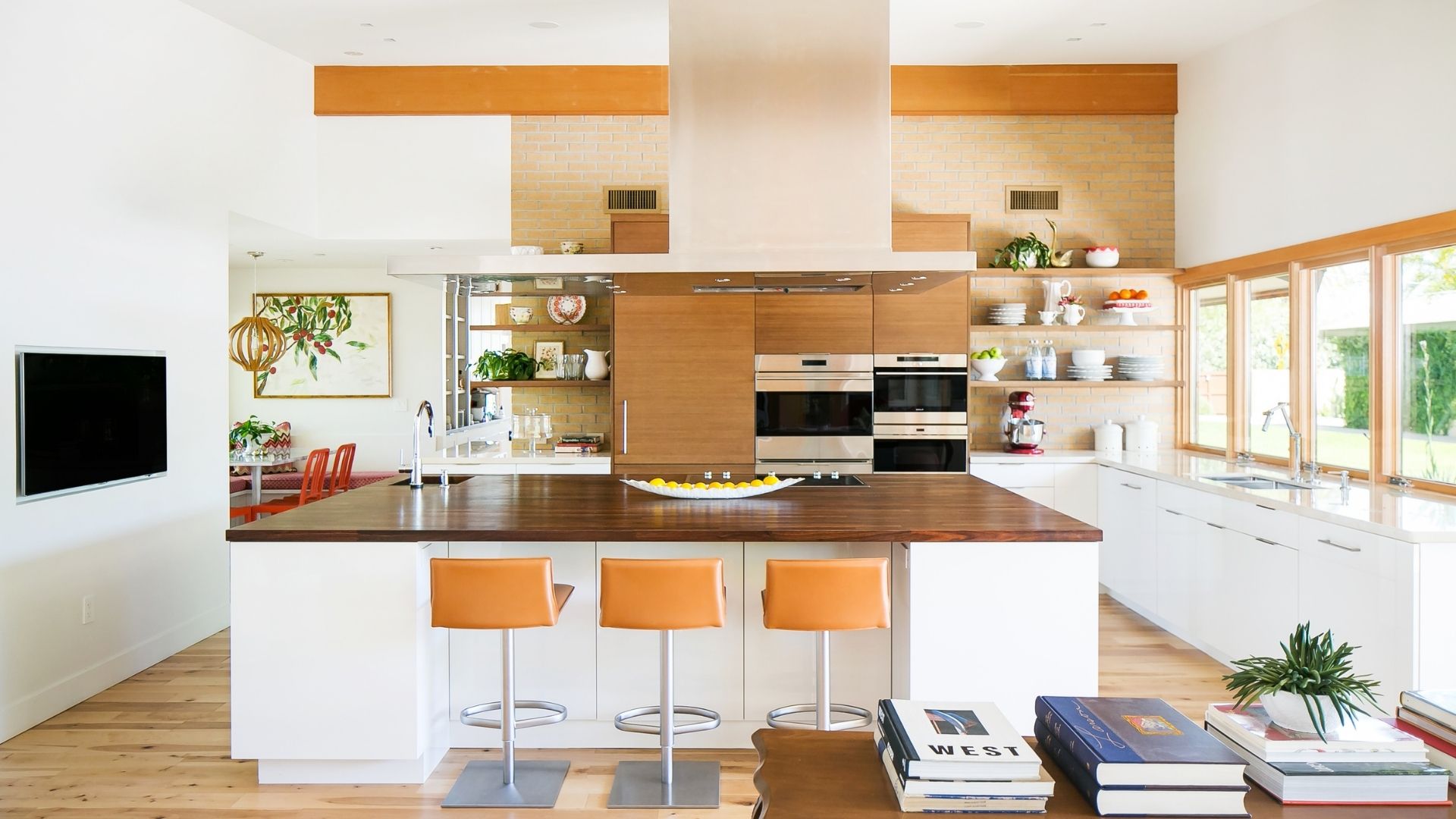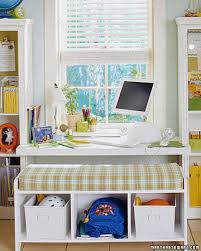October 27th
Organization Tips
Make it easier to put away, harder to get out — For example, store picture books as a flip-file, standing upright in a plastic dishpan. The child flips through the books, makes his selection, and tosses the book in the front of the dishpan when he’s done. Compare a traditional bookcase, where little fingers can pull down a whole shelf faster than they can replace one book. Build the effort into the getting out, not the putting away.
 Organize bottom to top — Befitting a child’s shorter stature, start organizing from the bottom of the room, and work to the top. Most used toys and belongings should live on lower shelves, in lower drawers, or on the floor. Higher levels are designated for less-frequently-used possessions.
Working bottom to top, the best-loved teddy bear sits in a small rocker on the floor, while the extensive Grandma-driven bear collection is displayed on a shelf built 6 feet up the wall.
Label — When it comes to keeping kids’ rooms organized for the long haul, labels save the day. Use a computer printer to make simple graphic labels for young children. Pictures of socks, shirts, dolls or blocks help remind the child where these items belong. Enhance reading skills for older children by using large-type word labels.
Slap labels everywhere: inside and outside of drawers, on shelf edges and on the plastic shoebox storage containers that belong there, on boxes and bookcases and filing cubes. Playing “match the label” can be fun–and turns toy pickup into a game.



